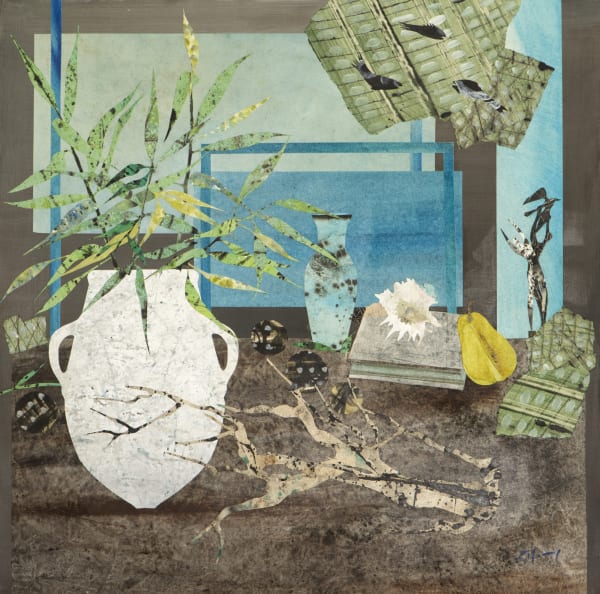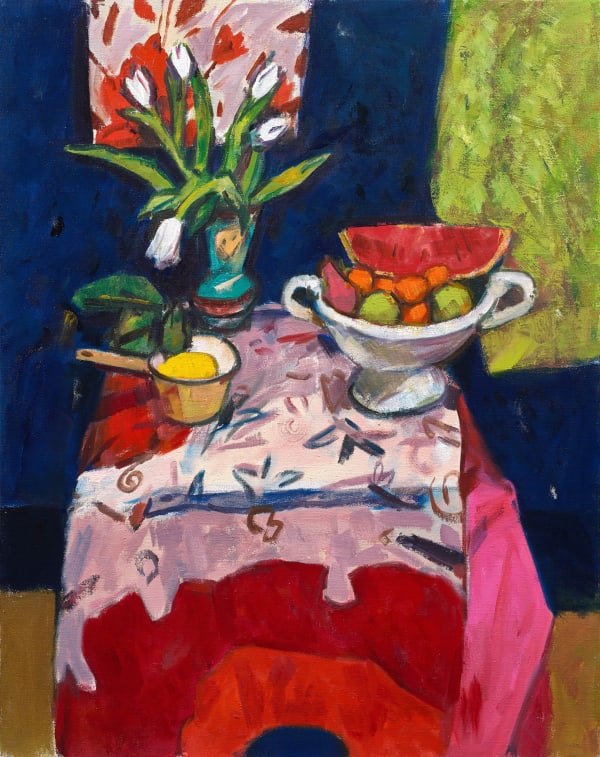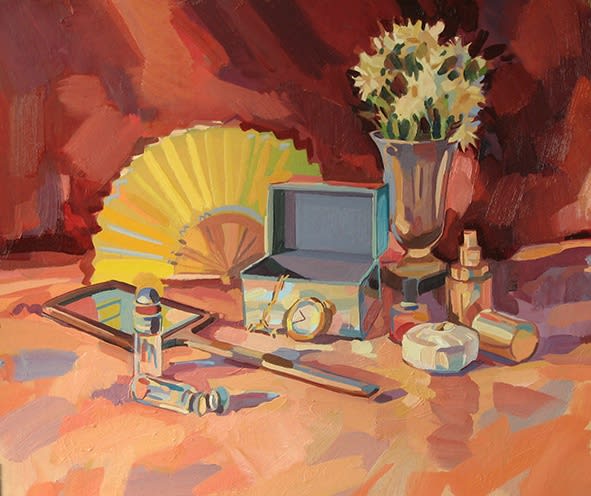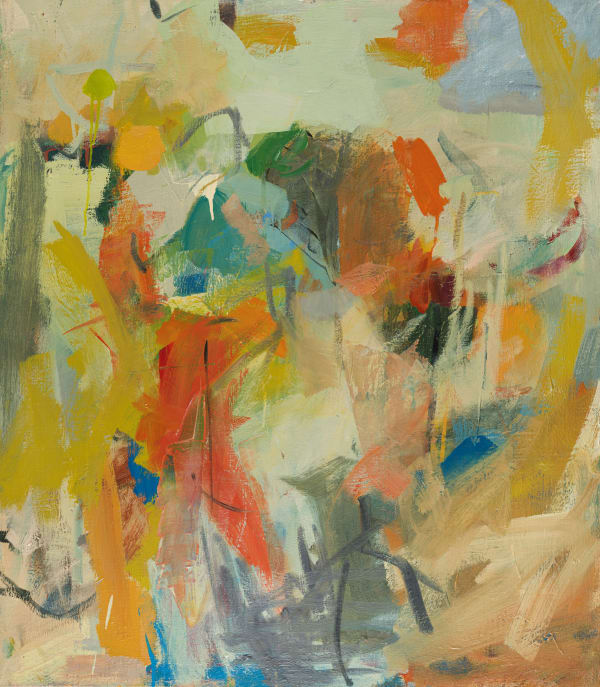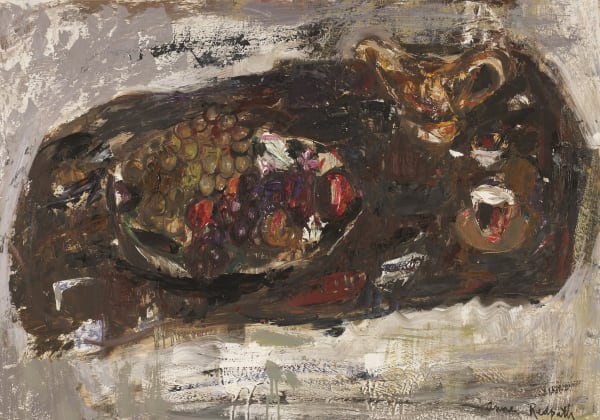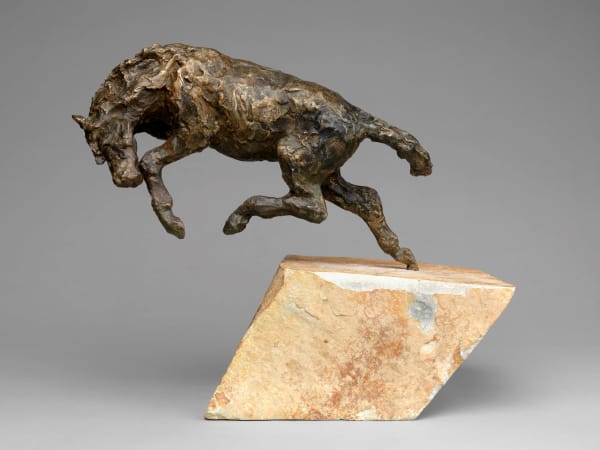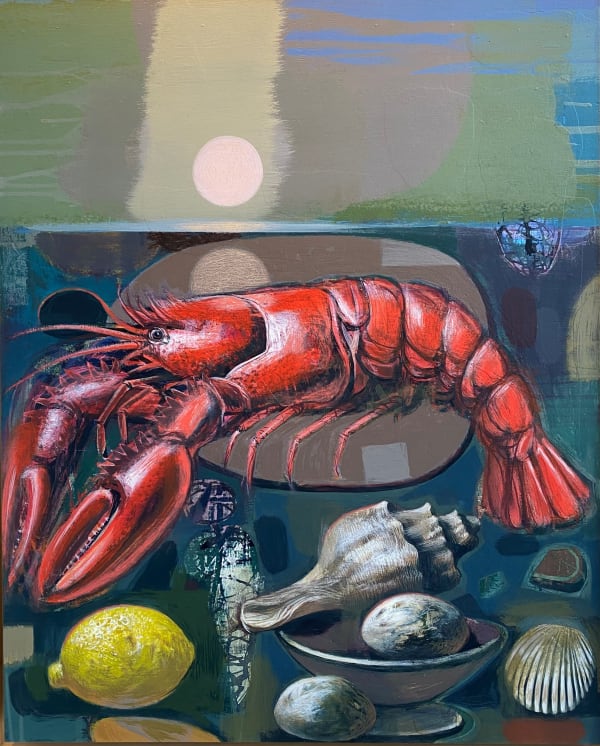-

Edward Bawden
-

David Bomberg
-

Nick Botting
-

Martyn Brewster
-

F C B Cadell
-

Lynn Chadwick
-

Peter Clark
-

Roland Collins
-

Marzia Colonna
-

Dennis Creffield
-

PJ Crook
-

Fred Cuming
-

Alan Davie
-

Romy Elliott
-

Richard Eurich
-

Merlyn Evans
-

Mary Fedden
-

J D Fergusson
-

Archie Forrest
-

Jeremy Gardiner
-

Lachlan Goudie
-

Liam Hanley
-

Adrian Heath
-

Nicholas Hely Hutchinson
-

Patrick Heron
-

Anthony Hill
-

Howard Hodgkin
-

Ken Howard
-

John Hoyland
-

Patrick Hughes
-

George Leslie Hunter
-

Bryan Ingham
-

Bill Jacklin
-

Augustus John
-

Chloë Lamb
-

Peter Lanyon
-

Peter Lowe
-

James Lynch
-

Frances Macdonald
-

Christopher Marvell
-

Peter McLaren
-

John Miller
-

John Maclauchlan Milne
-

Gordon Mitchell
-

Paul Mount
-

Simon Palmer
-

Elaine Pamphilon
-

S J Peploe
-

Sir Robin Philipson
-

John Piper
-

John Plumb
-

Fred Pollock
-

Emily Powell
-

Barbara Rae
-

Paul Rafferty
-

Anne Redpath
-

Alan Reynolds
-

Anne Estelle Rice
-

Ross Ryan
-

Edward Seago
-

Gino Severini
-

Daisy Sims Hilditch
-

Jean Spencer
-

David Spiller
-

Ruth Stage
-

George Hammond Steel
-

Jeffrey Steele
-

Michael Taylor
-

Julian Trevelyan
-

Keith Vaughan
-

Jack Vettriano
-

Jess Wallace
-

David Williams-Ellis
-

Kirsty Wither
-

Tom Wood








